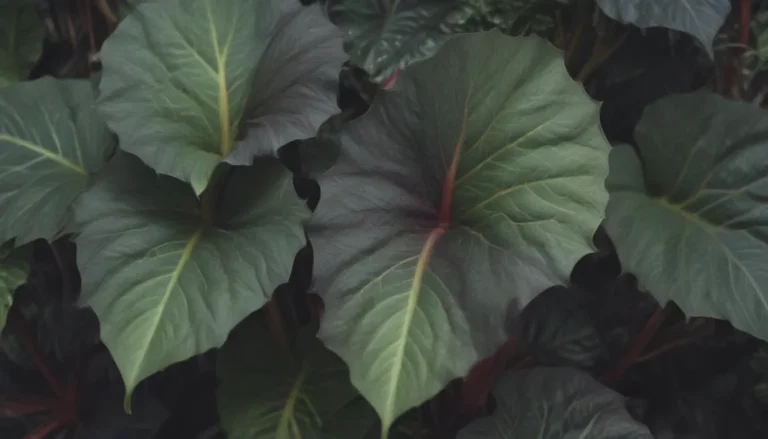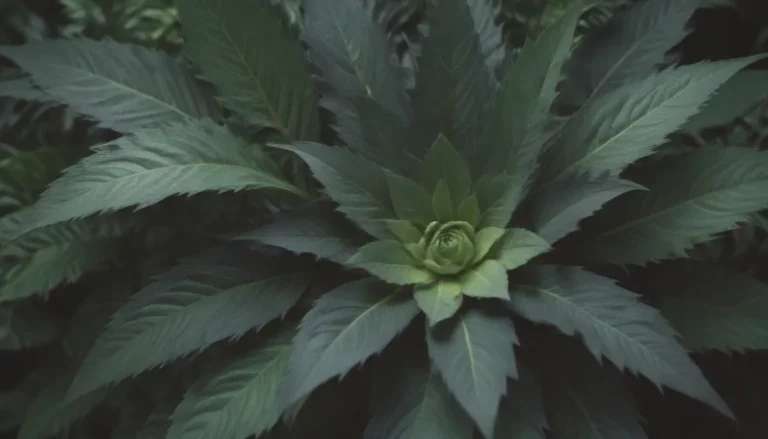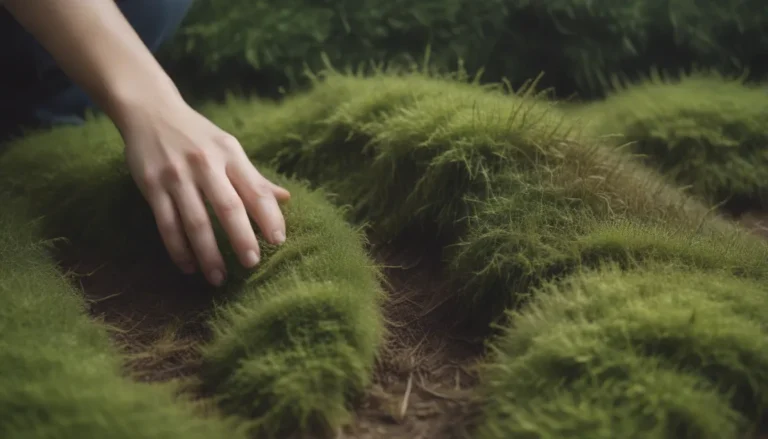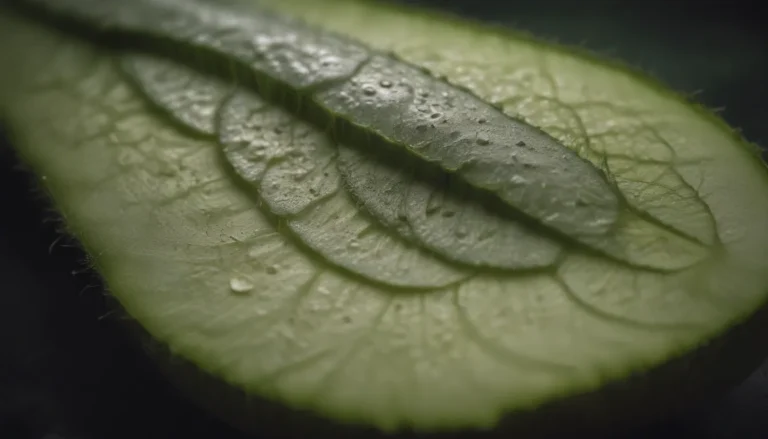How to Grow and Care for Ficus Tineke: A Complete Guide
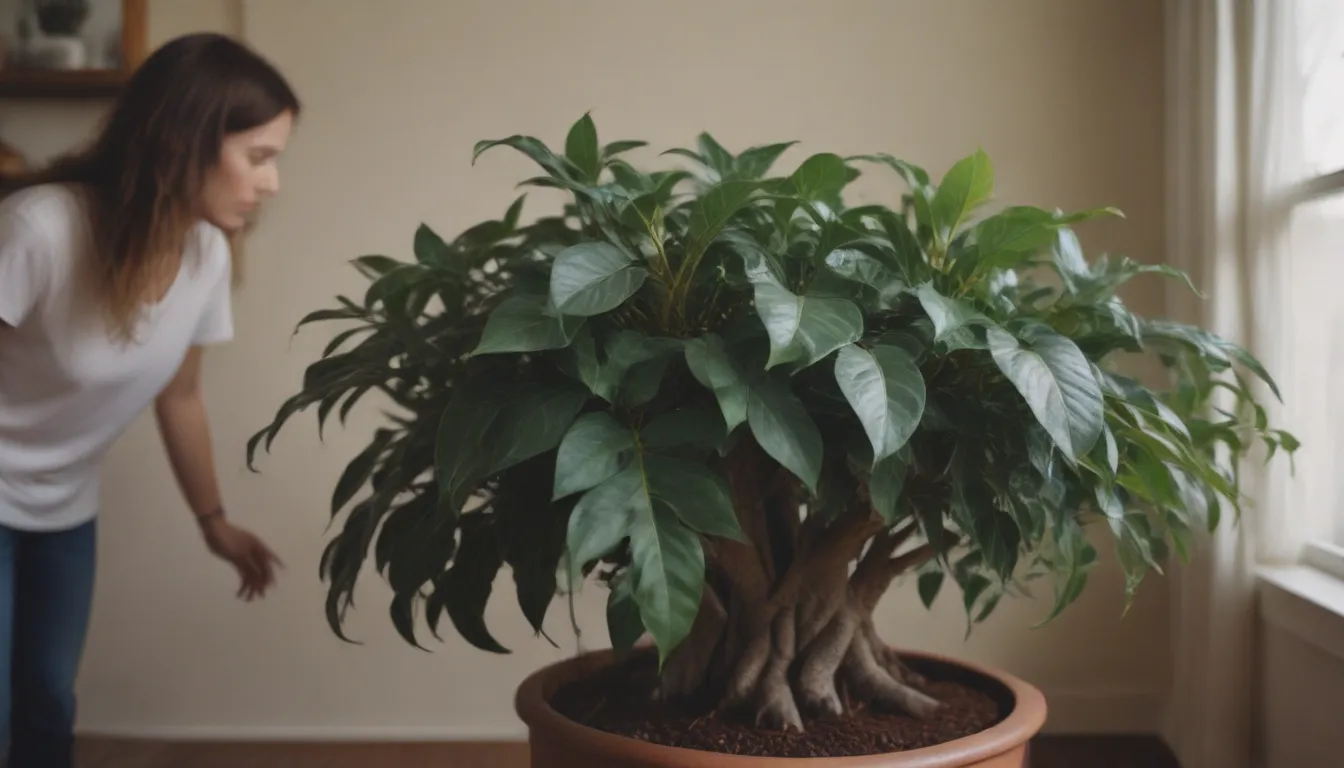
Are you looking to add a unique and beautiful plant to your indoor garden? The Ficus Tineke, also known as Ficus elastica ‘Tineke’ or ‘Chroma’, is a variegated rubber plant that can add a pop of color to your space with its striking reddish-pink tones. In this comprehensive guide, we will cover everything you need to know to successfully grow and care for a Ficus Tineke in your home.
Why Choose Ficus Tineke?
Ficus Tineke is an excellent choice for both beginner and experienced plant enthusiasts. Here are a few reasons why you might want to consider adding this plant to your collection:
- Unique variegated foliage with striking reddish-pink tones
- Easy to care for and relatively low-maintenance
- Can be grown indoors or outdoors in warm, humid climates
- Fast-growing plant that can reach impressive heights with proper care
Ficus Tineke Care Tips
Light Requirements
One of the most important aspects of caring for a Ficus Tineke is providing it with the right amount of light. These plants thrive in bright, indirect light that mimics their natural tropical forest habitat. Here are some tips for ensuring your plant gets the right amount of light:
- Place your Ficus Tineke in an east-facing window or set it back from a south- or west-facing window to avoid direct sunlight.
- A few hours of soft morning sunlight can be beneficial, but avoid harsh afternoon rays.
- Be mindful of maintaining the unique variegation of the plant by finding the right balance of light exposure.
Soil and Watering
Ficus Tineke is not picky when it comes to potting mix, as long as it is loose and well-drained. Here are some tips for soil and watering:
- Use a slightly acidic cactus mix for optimal growth.
- Allow the top couple of inches of potting mix to dry out between waterings.
- Avoid overwatering, as this can lead to root rot. Slightly underwatering is better than overwatering.
Temperature and Humidity
As a tropical species, Ficus Tineke prefers warm temperatures and moderate humidity. Here are some guidelines for temperature and humidity levels:
- Keep your plant in temperatures ranging from 60 to 75 degrees F.
- Avoid placing your plant in areas with sudden temperature drops, draughts, dry heat, or AC units.
Fertilizing
To promote healthy growth and vibrant foliage, feed your Ficus Tineke with a weak, liquid houseplant fertilizer every few weeks during the growing season. Avoid using fertilizer that is too strong, as it can lead to straggly growth and rootbound plants.
Types of Ficus Elastica
In addition to Ficus Tineke, there are two other popular cultivars of Ficus elastica:
- Ficus elastica ‘Ruby’
- Ficus elastica ‘Burgundy’
Each cultivar has its own unique characteristics and can make a beautiful addition to your indoor garden.
Pruning and Propagating
To keep your Ficus Tineke looking its best and encourage new growth, occasional pruning is recommended. Trim off straggly stems and unhealthy leaves, and consider propagating new plants from stem cuttings. Here are some tips for propagating your Ficus Tineke:
- Propagate in the spring for the best results.
- Consider air layering for a more intricate propagation method, or root new plants from stem cuttings.
Potting and Repotting
It’s important to keep an eye on your Ficus Tineke’s root growth and repot when necessary. Here are some tips for potting and repotting your plant:
- Repot once every year or two, or when you see roots growing out of the drainage holes.
- Choose a pot that is only a few inches larger in diameter than the original one to prevent excessive moisture retention.
- Use well-draining potting mix and leave room at the top of the pot for watering.
Common Pests and Diseases
Like other Ficus plants, Ficus Tineke is susceptible to pests such as mites, scale, mealybugs, whiteflies, and aphids. It is also prone to leaf spot disease. Here are some tips for controlling pests and diseases:
- Use insecticidal soap or neem oil to control pest populations.
- Remove infected leaves promptly to prevent the spread of leaf spot disease.
Common Problems and Solutions
While Ficus Tineke is a relatively low-maintenance plant, it can still experience problems if not properly cared for. Here are some common issues and solutions:
- Leaves Turning Yellow: This may be a sign of overwatering or draughty conditions. Check the soil moisture before watering.
- Leaf Drop: Underwatering can cause premature leaf drop. Ensure your plant is receiving enough water.
- Brown Tips: Crispy leaves with brown tips may indicate excessive direct sunlight. Move your plant to a shadier spot to prevent further damage.
Conclusion
In conclusion, Ficus Tineke is a beautiful and unique plant that can thrive in a variety of indoor environments with the right care. By following the tips and guidelines outlined in this guide, you can enjoy the beauty of this variegated rubber plant in your own home. Remember to provide the right light, soil, water, and temperature conditions, and your Ficus Tineke will reward you with vibrant foliage and healthy growth for years to come.
